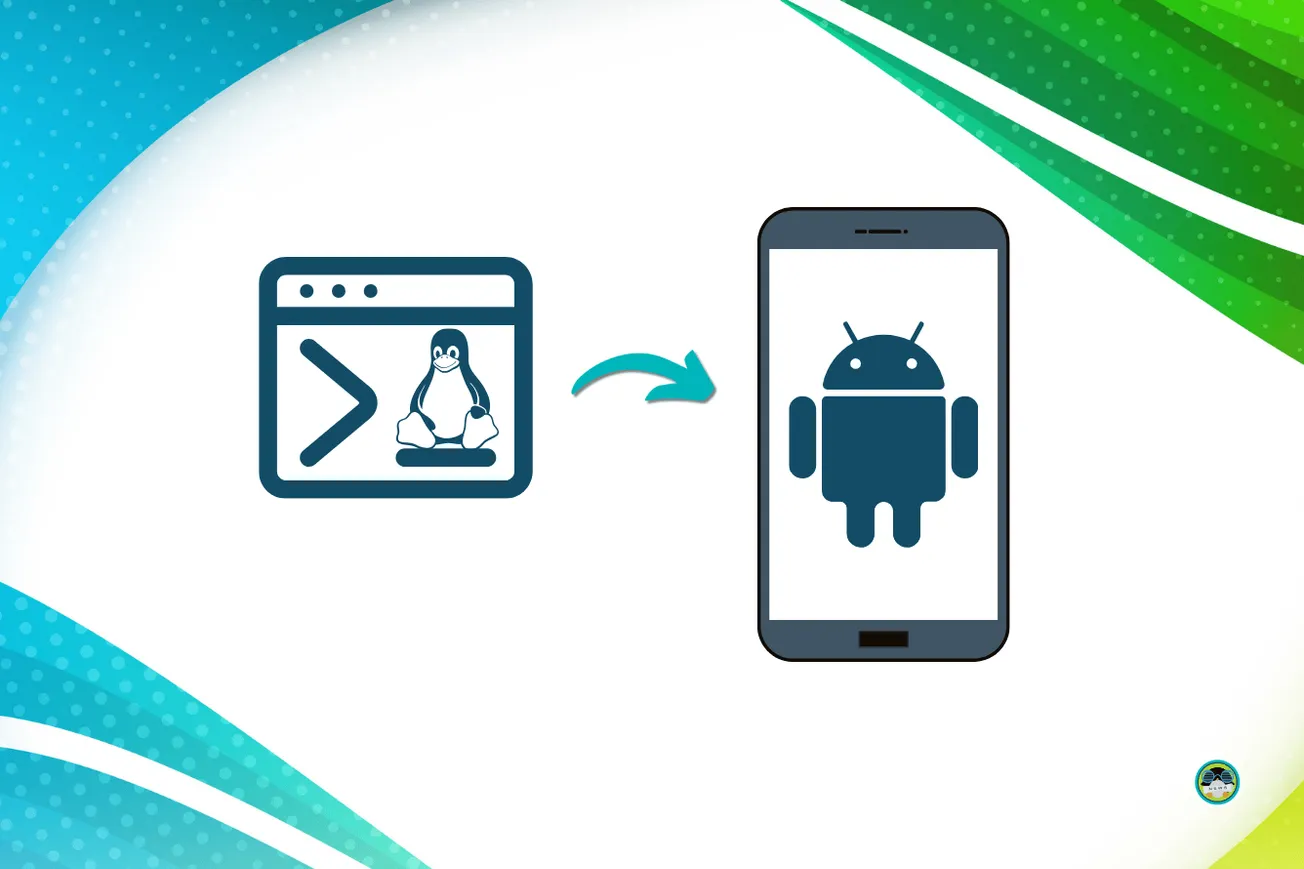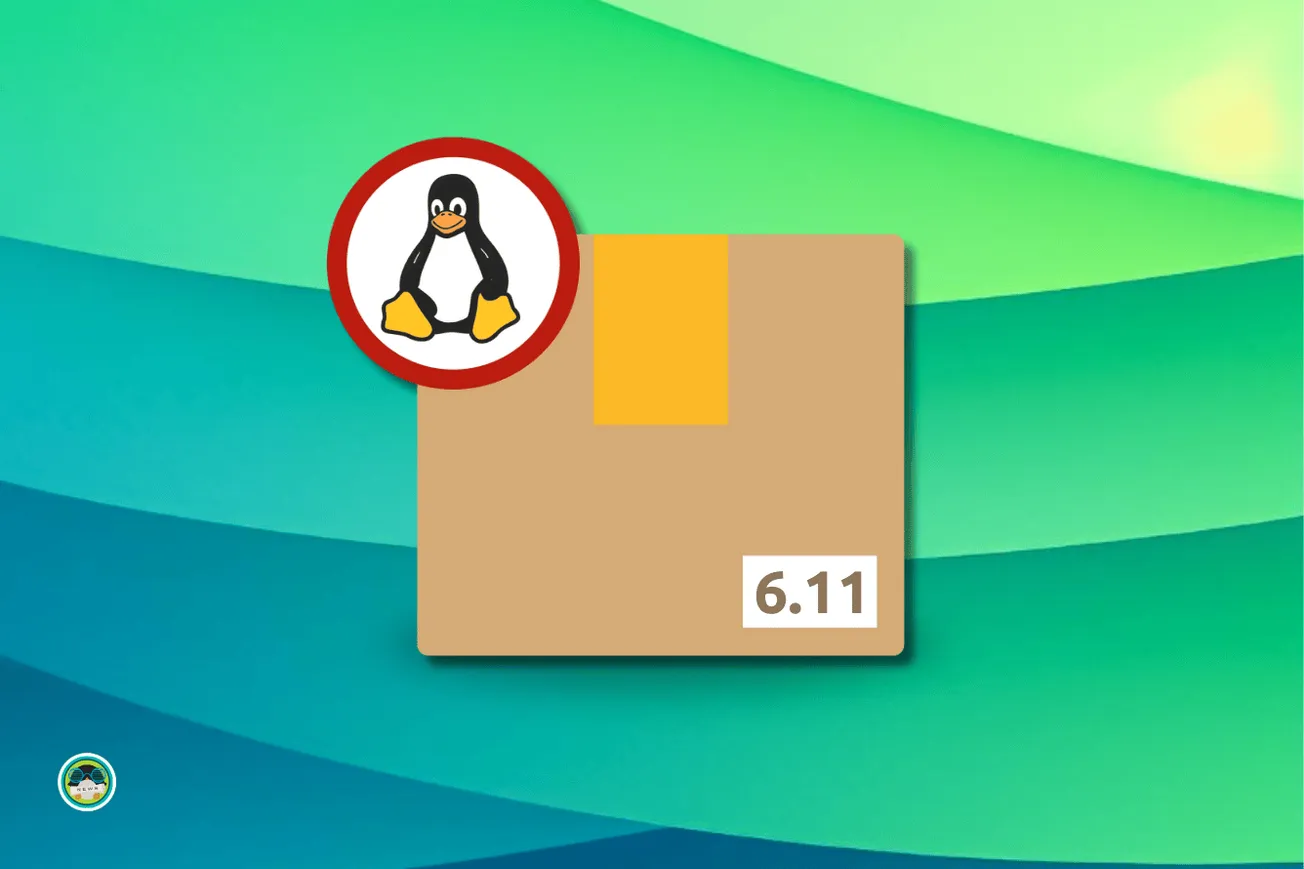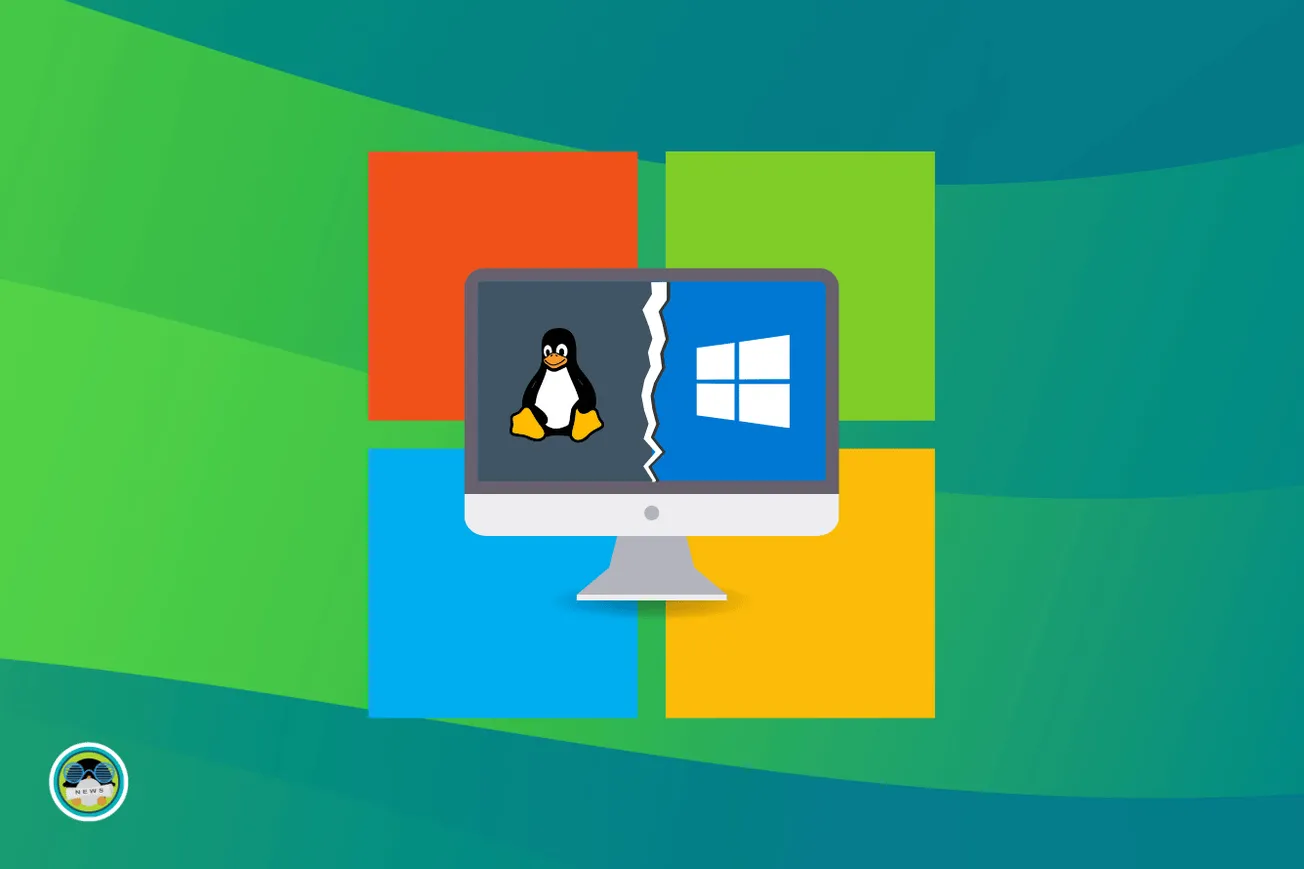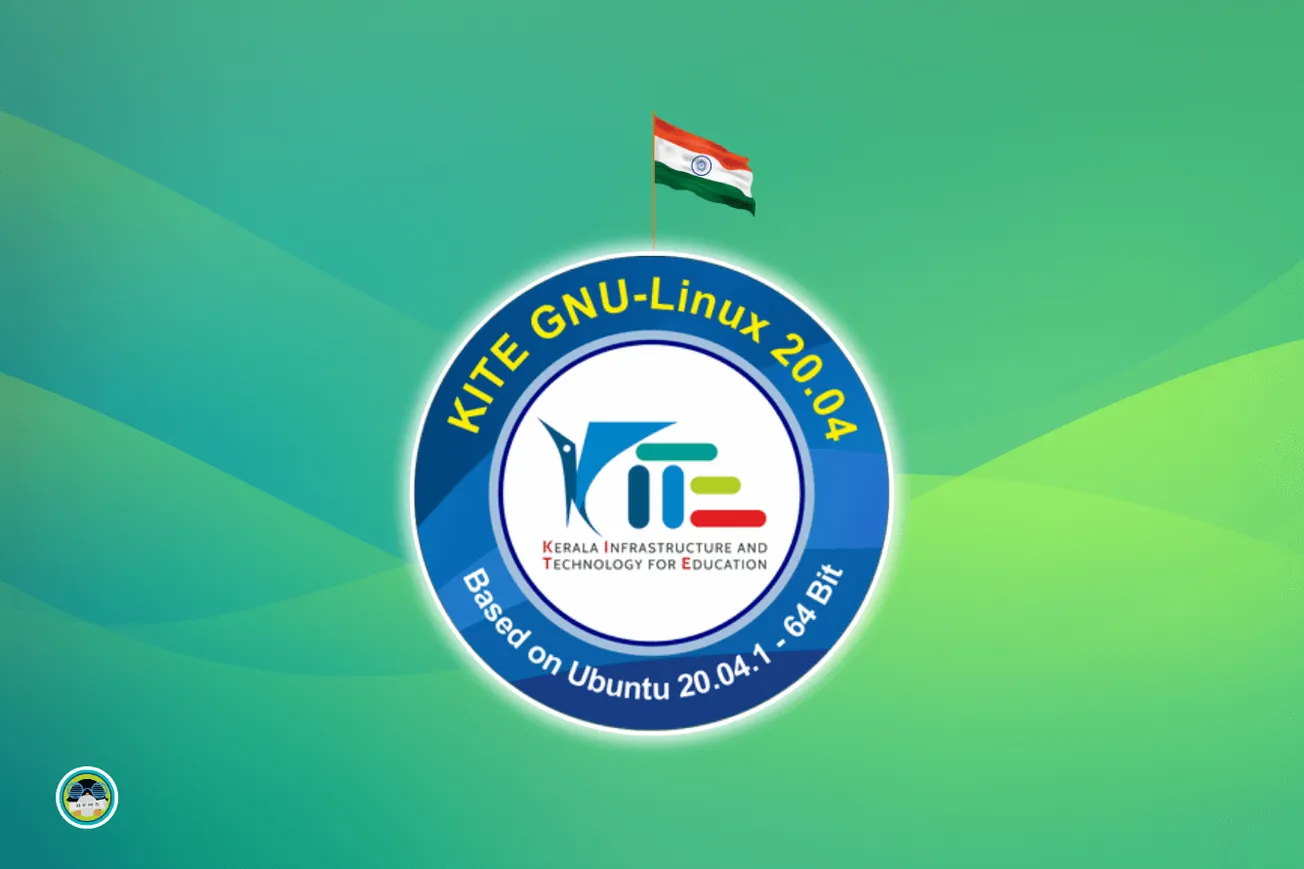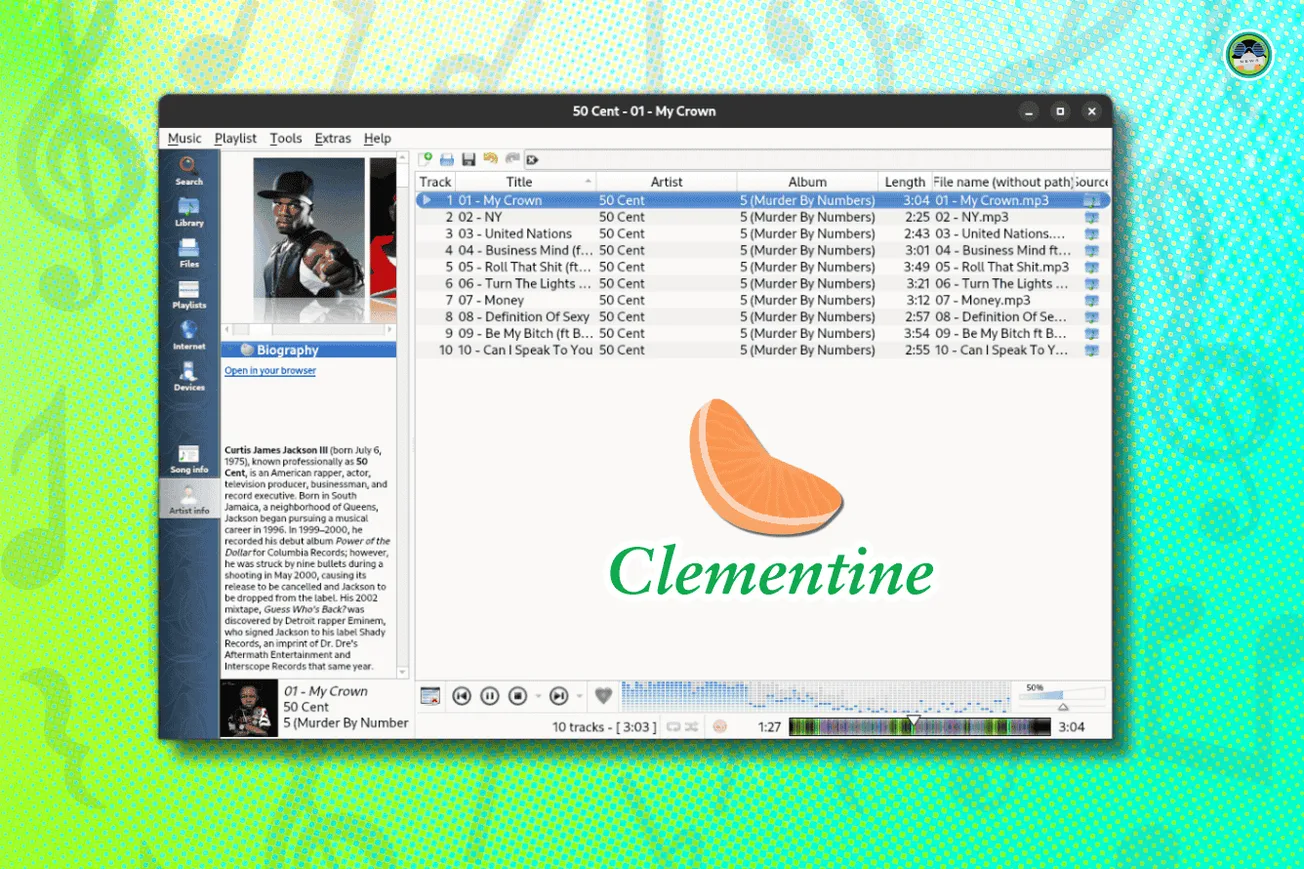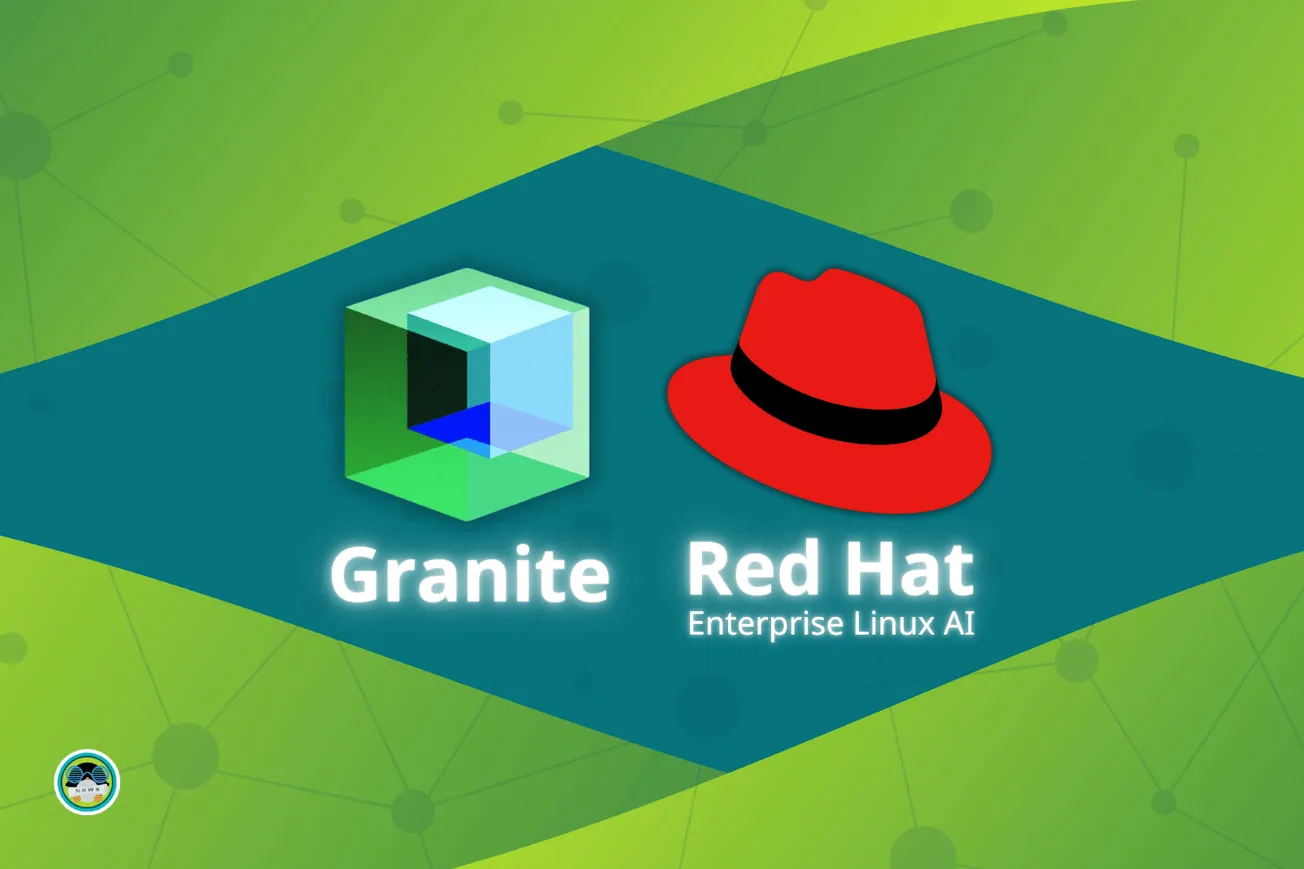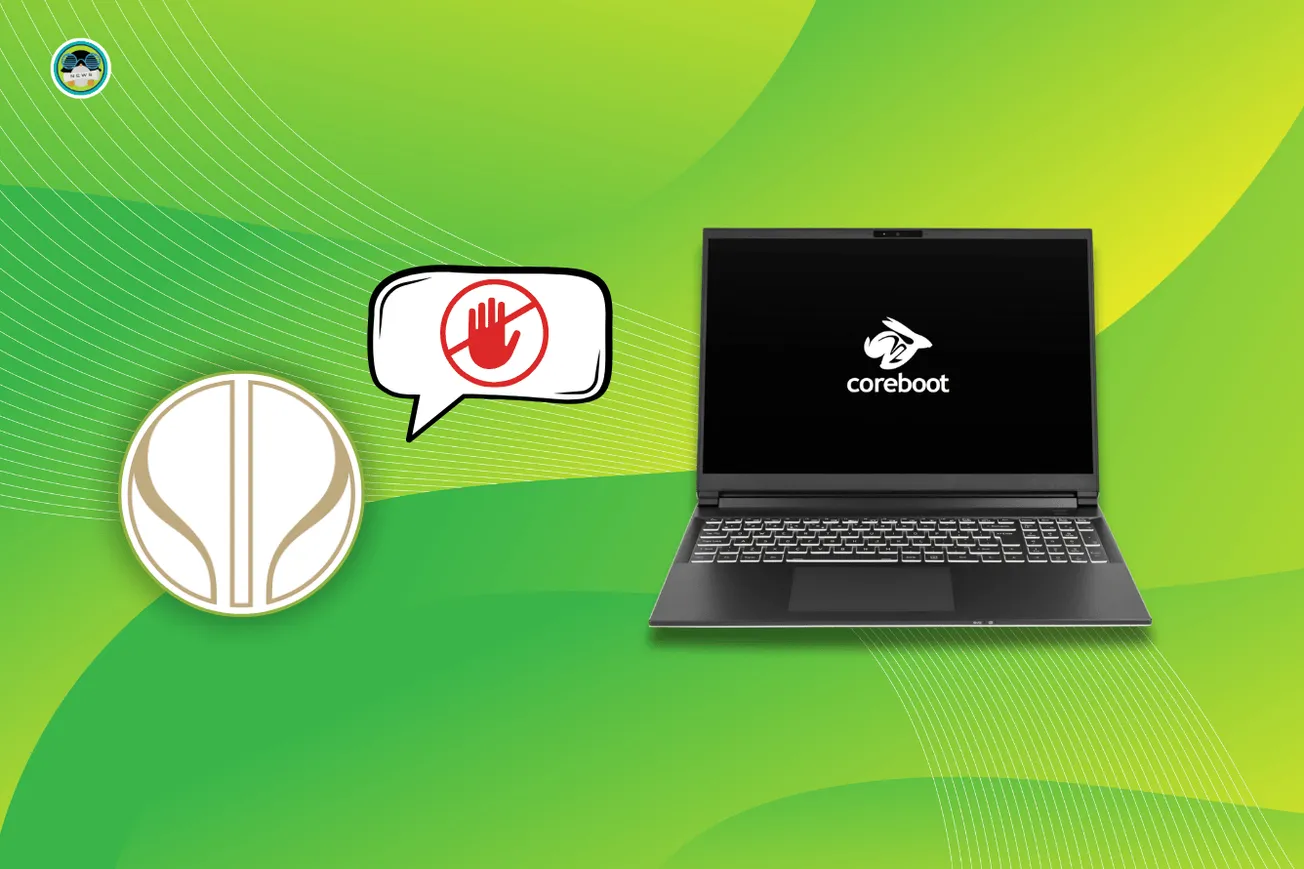
Linus Torvalds mentioned that he would like to use Linux on the new MacBook laptops with the M1 chip – however, he believes that it is not worth the effort to tinker with it because Apple wouldn’t be of any help to achieve that.
But, now, I just came across an impressive project “Asahi Linux” that is trying to bring Linux to MacBook.
What is this M1 chip by Apple and why this project should be a big deal?
ARM processors have been on the scene for several years. They are primarily used in Raspberry Pi like low-end IoT devices. But recently, Apple launched a new series of MacBook that use Apple’s own M1 Chip based on ARM architecture and this brought ARM the attention it deserved.
Primarily, no ordinary consumer would get an expensive tech like an M1-based MacBook to experiment with Linux.
However, judging by the absolute mind-blowing benchmark results on the M1-based MacBook running on macOS, it would be super exciting to see how Linux performs on it with proper support for the M1 chip.
Even though Apple utilizes Linux on their Cloud servers, it is a bummer that their M1-based laptops do not support it.
Of course, I don’t expect Apple to officially support Linux either. So, a project like Asahi Linux can make a difference for many folks wanting to run Linux on their Macbook powered by the Apple M1 chip.
Asahi Linux: What it is all about?
Asahi Linux is a project that aims to make Linux usable on the M1-based MacBook as a daily driver.
Currently, it is just an effort and not a separate Linux distribution to bring the Linux support. In the future, they will try to release a remix of Arch Linux ARM edition as a distribution using the name of the project.
Technically, Apple allows booting custom kernels on Apple Silicon macs without a jailbreak. So, they do not need any explicit permission from Apple either.
As per their official website, they mention:
Our goal is not just to make Linux run on these machines, but to polish it to the point where it can be used as a daily OS. Doing this requires a huge amount of work to be done, as Apple Silicon is a completely undocumented platform. In particular, we will be reverse engineering the Apple GPU architecture and developing an open source driver for it.
Of course, it is not an easy task and you should not rely on the project to make a purchase decision either.
But, considering that Linux can basically run on any type of chip, if they succeed, it will be a big achievement for the Linux and open source community in general.
The project also mentions that Hector Martin “marcan” started this project after the launch of the latest M1 devices.
To give you some background on the name, they also mention:
Asahi means “rising sun” in Japanese, and it is also the name of an apple cultivar. 旭りんご (asahi ringo) is what we know as the McIntosh Apple, the apple variety that gave the Mac its name
Sounds like a great choice for the name! Don’t you think? You can check for progress on their GitHub project page.
Closing Thoughts
Fret not, this is totally a legal project and should not concern with Apple’s policy in any way. You should also note that this will not make Apple M1 silicon chips an open platform because Apple controls the boot process and the firmware, if you thought otherwise.
You can find more information on the project and its founder in their official website.
What do you think about it? Let me know your thoughts in the comments below.
Here's why you should opt for It's FOSS Plus Membership
- Even the biggest players in the Linux world don't care about desktop Linux users. We do.
- We don't put content behind paywall. Your support keeps it open for everyone. Think of it like 'pay it forward'.
- Don't like ads? With the Plus membership, you get an ad-free reading experience.
- When millions of AI-generated content is being published daily, you read and learn from real human Linux users.
- It costs just $2 a month, less than the cost of your favorite burger.

